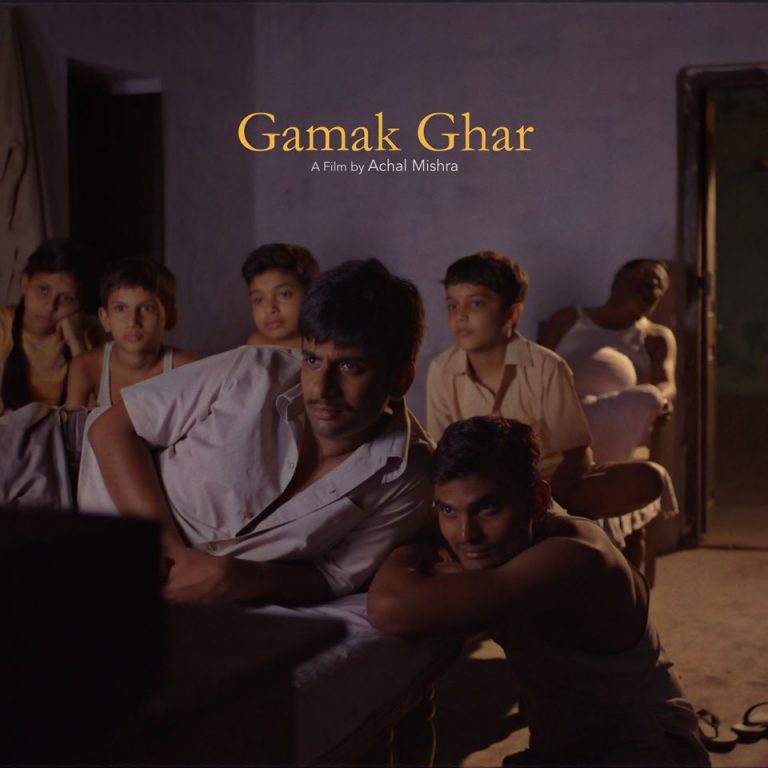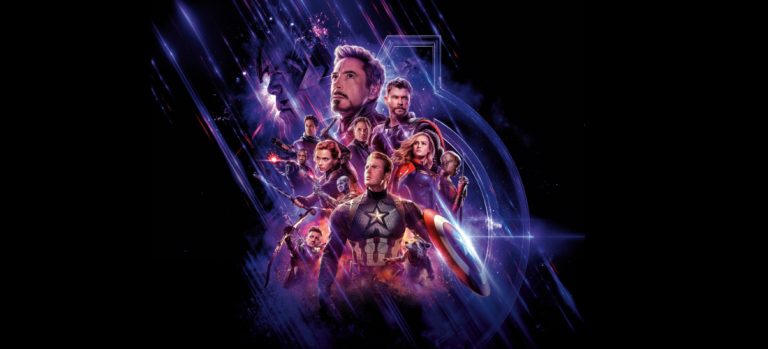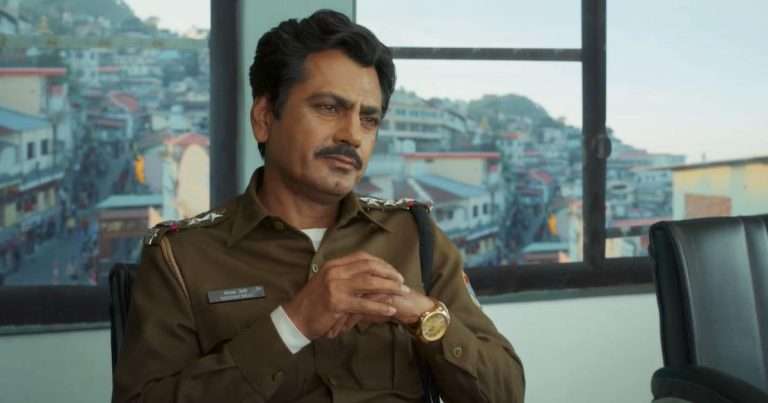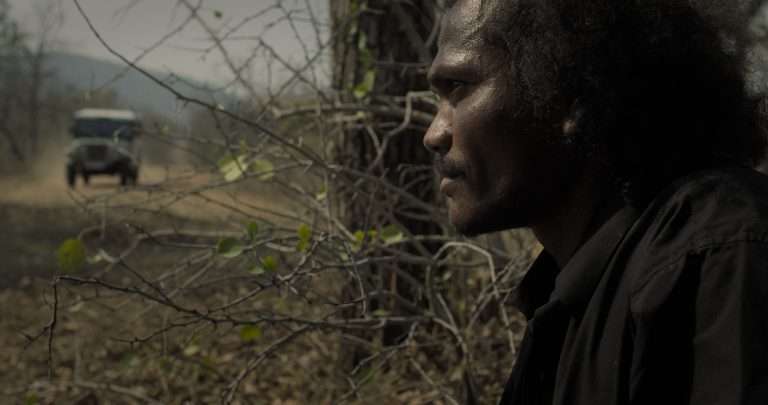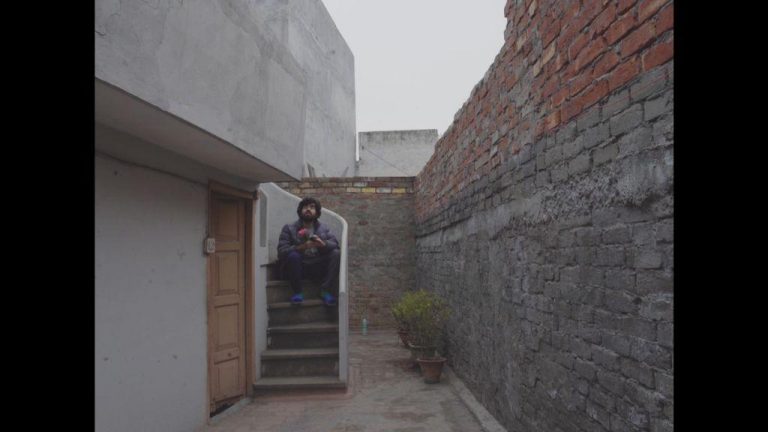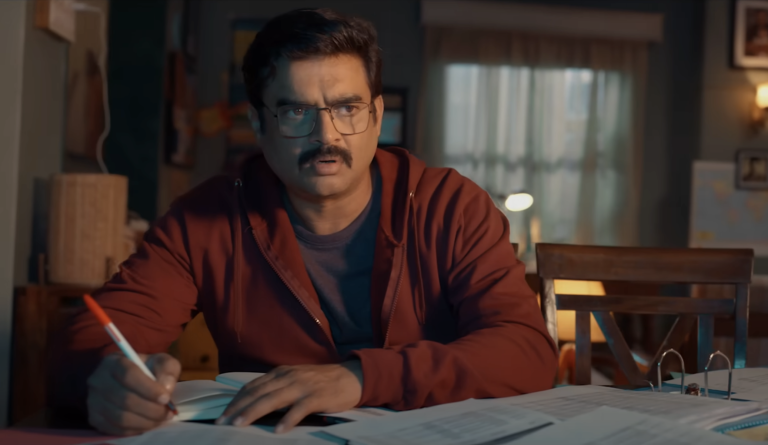Jigar Nagda’s debut film “A Boy Who Dreamt of Electricity” (2024) is a story of a young Adivasi boy who is born into a hapless system that does not account for his rights. To make matters worse, his house on top of the hill does not have electricity, and no one seems to be concerned. What course of action does the young boy, Bheru, take?
The Rajasthani film, “A Boy Who Dreamt of Electricity,” is going to be showcased at the Habitat Film Festival this week, on May 22, 2025. We recently had the chance to have a chat with filmmaker Jigar Nagda about his film: how he tries to present the truth by being in line with the right facts, the response the film evokes from the Western audience to a throbbing Indian issue, and his five cinematic highs.
Damayanti Ghosh: I wanted to tell you that this must be the first exclusively Rajasthani language film that I watched, and I use ‘exclusively’ because Rajasthan has served as a backdrop to many films in other Indian languages– be it Satyajit Ray’s Sonar Kella or Vijay Anand’s Guide. Actually, a lot of films, now when I think about it, there is Rudaali.
Jigar Nagda: …of like Shyam Benegal.
Damayanti Ghosh: Yes, right. So, when I try to segregate these films and look at them from a distance, they can be easily segregated into certain unique spheres based on how these filmmakers are imagining Rajasthan. There are films that can be put in this unique sphere of developmentalism, rooted in realism, where there is a central protagonist who belongs to a depressed class, and his emancipation lies in how he accepts a certain developmentalist program. Your film reminded me of that tradition or sphere, so to speak. Does your film borrow from the narrative and aesthetic of that sphere of films?
Jigar Nagda: No. To be very honest, all these films, which you took the names of, were my learning school from my childhood, but I am from that state, and that state has major tribal regions, and I always wanted to make a film on a theme of realism. So, I just tried to keep my film real, and on that scale, I tried to cast a crew from that region so that realism could be maintained throughout the film.
Damayanti Ghosh: How would you differentiate your take on realism from the.. Suppose this same film is made with the support of the state, like a state-sponsored developmentalist film.
Jigar Nagda: First of all, the character Bheru is an Adivasi and tribal boy by caste. He has accepted his situation and legacy. But, as he is growing, his friend circle tells him that times have changed and he should demand electricity, which is his basic right. You should make the demands to the Sarpanch. There comes the differentiating. If I think of this film as sponsored by State, they won’t bring in the Sarpanch because he is a part of State and the system. He is an elected representative. I have made the point that the Sarpanch is denying to provide electricity to Bheru because he has made his house on the top of a hill.
However, I also do not want to go against the government policy; there is a policy, and there is a truth. (continuing his previous point)…You cannot make a house–alone, single, and isolated house–on top of a hill and demand electricity from the system. You are required to bear the infrastructure cost, which I have mentioned in the film. The Sarpanch has certain schemes under which these houses without electricity can be helped, but then again he does not do anything about it because Bheru and his likes will be equally treated. I have put an undercurrent statement that the Sarpanch is a corrupted guy who does not want them to get electricity.
Damayanti Ghosh: There is another thing in connection with this that I wanted to ask later on, but perhaps this is the best time. Since you talked about being in line with governmental policies and the truth, has there been any kind of self-censorship? Did the final result vary from how it was initially idealised?
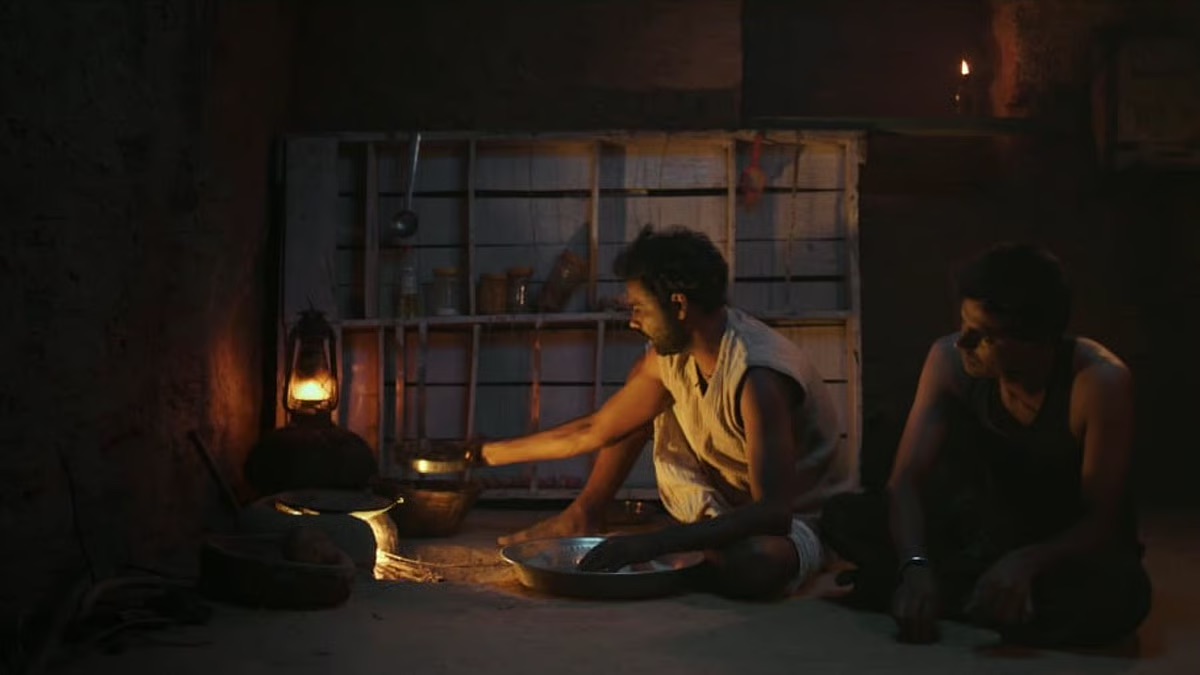
Jigar Nagda: I have travelled to a lot of rural parts of India, especially the North East, Rajasthan, Jharkhand, and so on. Different areas have different reasons for not having an electricity and water pipeline. For the North-East, there is always rainfall and landslides, so the infrastructure is away by those landslides. In Rajasthan, there is a complete hilly area, and a lot of tribal people live on top of the hills in isolated houses. In Jharkhand and Chhattisgarh, there is a total jungle area, and houses are inside that, so infrastructure getting in is a difficult thing. When we travel through the roads that cut through the hilly area of Rajasthan, we see the single scenic houses on top of the hill.
We find that fascinating and think to ourselves that we should go there. But once I go there, I see a different scenario because I don’t see beauty now, as I am already at that place. I see there is no water pipeline, and the hardships of the people while fetching water. Most of these people spend most of their time in their houses and do not go down the hill unless necessary. They do not use electricity, but they use a mobile as the latter is cheaper in India. They can afford mobiles, but they cannot afford the electricity to charge because you need a huge money for infrastructure. I was fascinated by the fact that even in the 21st century, there is a house where they live without electricity. I thought of making this into a film.
Since this is a film on electricity and it is provided by the government, while writing the film, you have to look at the policy and the other things that are involved. You cannot write anything just because your thought has come up, you need to find facts. In 2019, the government said in Parliament that the whole of India has been electrified– when the government says you have to believe it. While writing the film in 2022, I searched for the claim. The reality of what I saw is completely different from the government’s statement.
I contemplated how to make the film, as I did not want to head into the film with incorrect facts. Therefore, I started talking to NGOs, the officials from the electricity department, and the PhD holders who have done research on this subject. They told me that when the government says that India is ‘electrified,’ that does not mean that every house is electrified or has electricity. ‘India’ stands for village, as the government does its survey on the villages.
To them, every village is electrified, and not every house is electrified. There is also another scheme, the UJALA scheme, which has been announced by the Central Government. Under that scheme, the government provides solar panels through NGO and other partners. However, there is a lot of corruption on the ground. Especially, with corrupt Sarpanch and Tehsildars, the scheme has not reached the people who need it. The people are completely oblivious to the existence of these schemes because of the dearth of education and awareness. The NGOs like TATA are doing very well, but when it comes to the government, despite the schemes looking good on paper, due to a lack of intention and an increase in corruption, the schemes fail to reach every last person who requires electricity.
Damayanti Ghosh: So, leading you back to the question, did you really go through any self-censorship?
Jigar Nagda: No, no. I just wanted to make a film on the facts, and I tried my best. The film is not only about electricity policies. There is a point when Bheru goes to the electricity department and asks for electricity. They ask him, “Do you have paper?” and it is a part of the policy that one has to have the right papers showing land ownership. The problem is that the tribal people do not have the actual land papers because they are less educated. They never demanded paper from the Sarpanch or the Tehsildar who are liable to give this to them. So, I never thought of any censorship because I wanted to make this film in a very truthful manner. As an undercurrent, everyone is questioned: from the electricity department, to the Sarpanch, and the others.
Damayanti Ghosh: Now, coming to a specific moment from the film, there is a point in the film where Bheru repeatedly flicks on the switch of an electric bulb– it goes on and off for quite some rounds. Then the screen darkens, and we proceed to the next round of action. This shot reminds me of a scene in Vikramaditya Motwane’s Lootera. The female protagonist indulges in the same course of action. Even Lootera has a micronarrative of the ushering in of electricity in a Bengal village back in the 1950s. Am I right in picking up the thread? Has there been an inspiration?
Jigar Nagda: The particular moment you talked about can be used in a very different way in the form of artistic expression.
Damayanti Ghosh: In Lootera, the woman is playfully doing what she does, but there is this look of anguish in Bheru.
Jigar Nagda: Yes, so my character’s expression is completely different. He is just experiencing how a button can change the light. He can feel the difference with the flick of a switch. Moreover, he is trying to understand what he would feel about getting it for his house because in his house, he always stays in the dark at night. He understands that the button can bring the light. That was the expression of the character.
Damayanti Ghosh: Right. So, this must be your first feature film?
Jigar Nagda: Yes, this is my first feature.
Damayanti Ghosh: This film is going places, both inside and outside India. It came to KIFF (Kolkata International Film Festival) last year. What is that one thing, you think, is drawing the most attention amongst the people about the film?
Jigar Nagda: This film has travelled to Germany, Finland, Sharjah, and the US. The Western audience has perceived this film in a very different manner from the Indian audience. The Indian audience is very much familiar with the story, characters, and the geography of this kind. The Western audience is very new to this. I do not simply present a story of electricity; there is this angle of reversed dowry.
Even the new, urban Indian audience is very new to this. Reversed Dowry has been heard for the first time by many people. It is due to the imbalance in the sex ratio in Rajasthan and Haryana. The Western people were surprised to see that there were still people who were denied electricity.
This is contrary to the images propagated by the media, where India, to them, is portrayed as a progressive country. They pose trick questions in a way that paints India in the wrong light. Then I have to explain that, as an Indian, I feel very proud of my country. I reiterate to them that when in 2019 my Prime Minister says in the Parliament that India is electrified, that means India is really electrified, but that does not mean that every house is electrified. We have this issue of electricity not reaching every corner because of the difficult terrain we have. Our government’s intentions are good. This is the case with many Western regions as well.
Today, people are very much fascinated with the reversed dowry system. Many of the Western audience have read and heard of the Indian dowry system, but they have never heard about the reverse dowry system. It has a very important role in the film. In the opening scene, the girl runs away with the money that she gets from the boy’s family. It was very new to the Western audience. I was very fascinated to see this kind of response from the Western audience. I am sure the Indian audience has seen this kind of culture, the geography, and the characters, so not many questions come up from their side.
Damayanti Ghosh: I bring my conversation to a close with a final question. This is a question of recommendations: as this is High on Films, and as the name would give away, can you name 5 films that are emblems of cinematic high for you?
Jigar Nagda: My schooling comes from the Iranian cinema, so Majid Majidi’s Children of Heaven gives me high. Then there are Martin Scorsese’s Goodfellas and Black Friday by Anurag Kashyap, whom I have assisted. Recently, Gamak Ghar really touched my heart. This is the kind of cinema I want to make in the future. Finally, the recent film Manjummel Boys is something I love.



